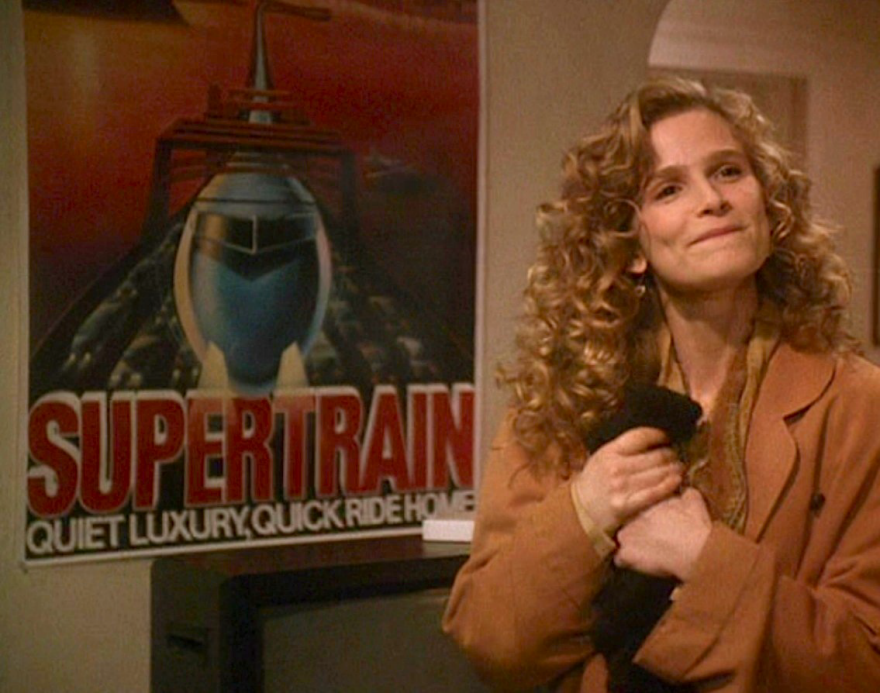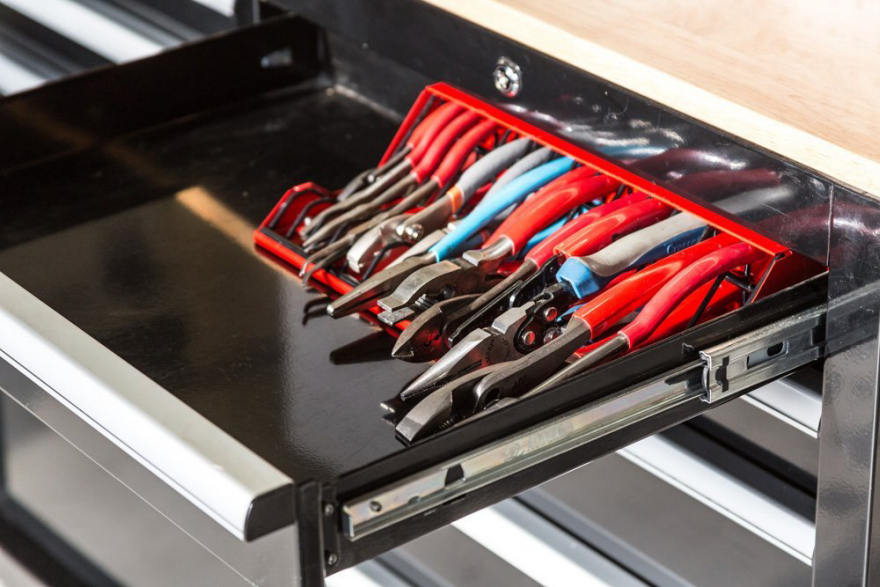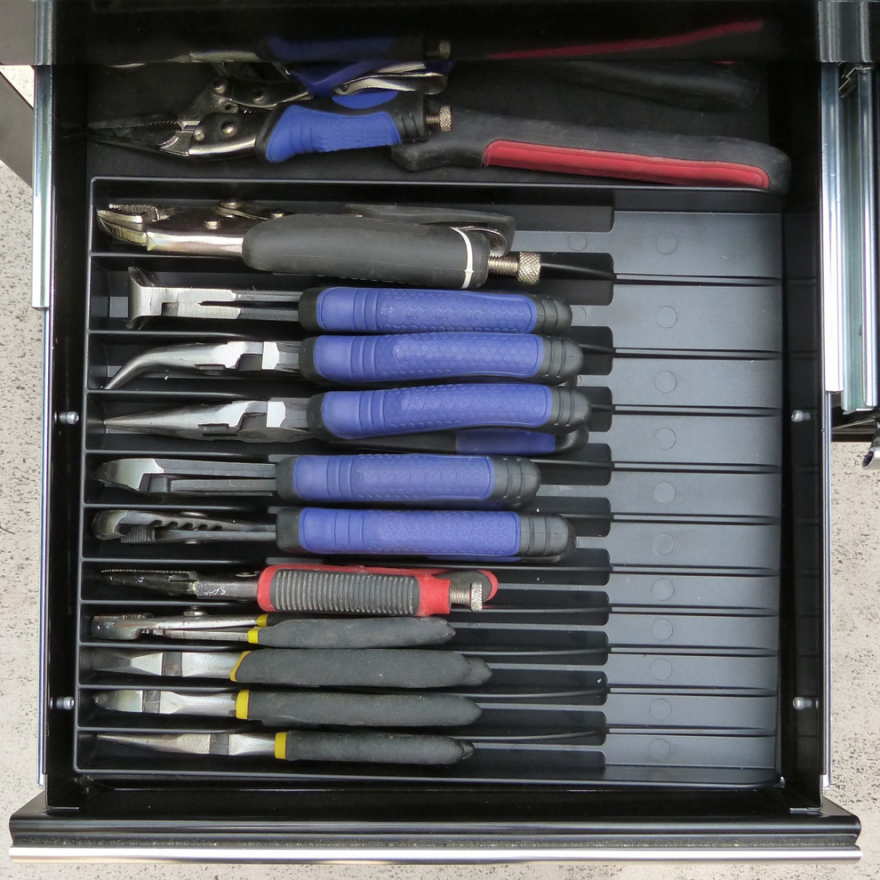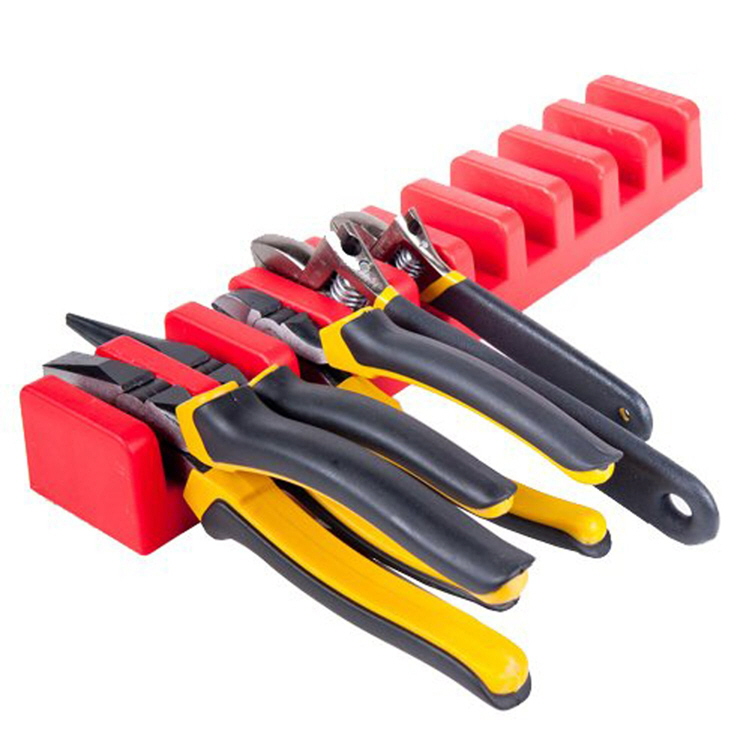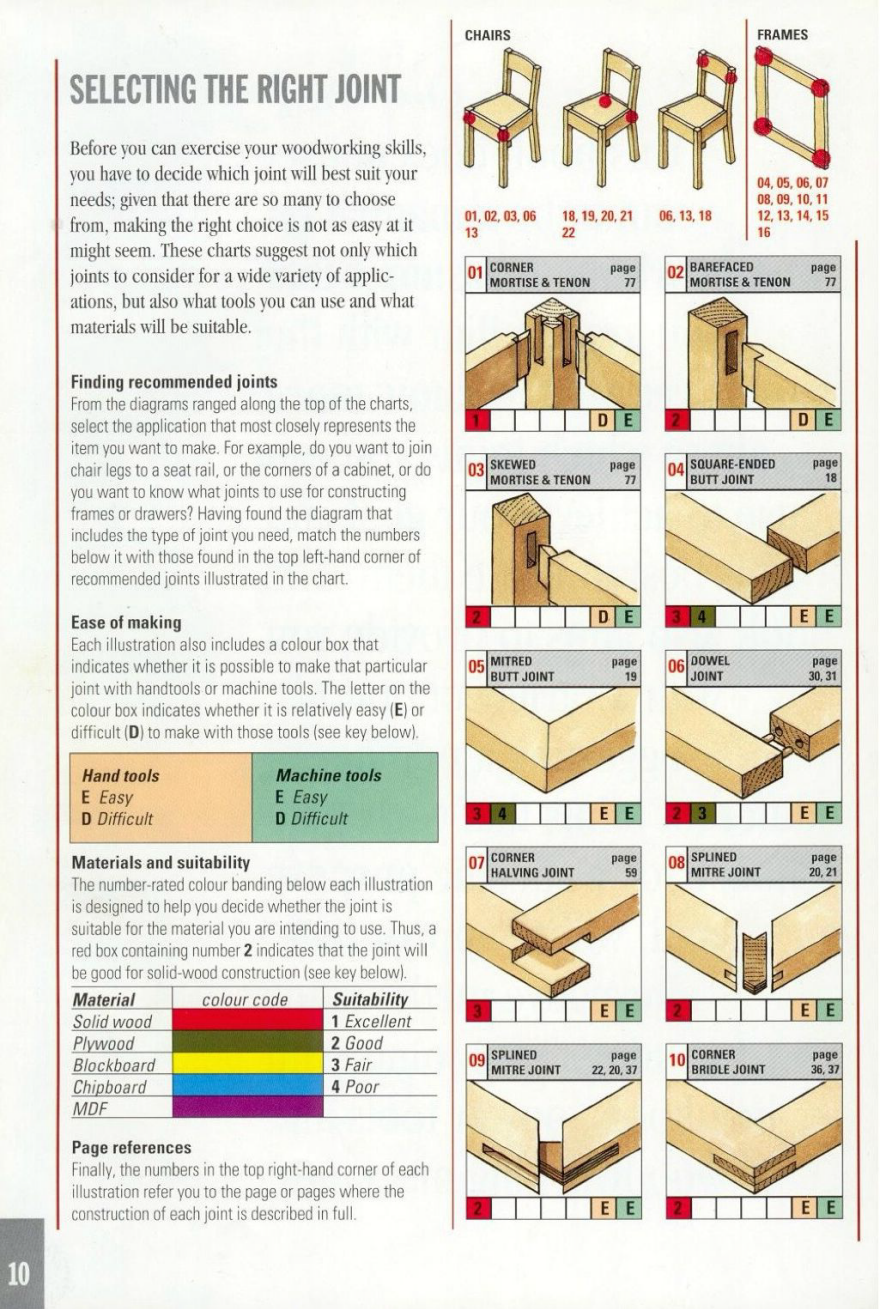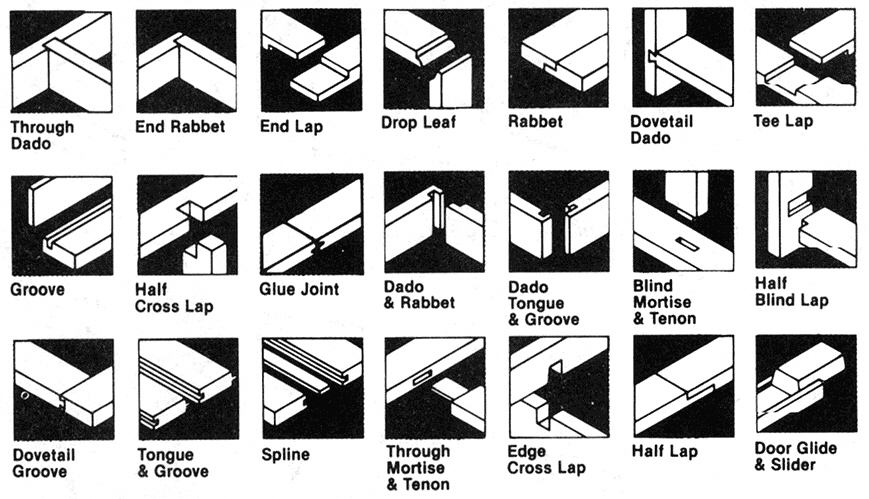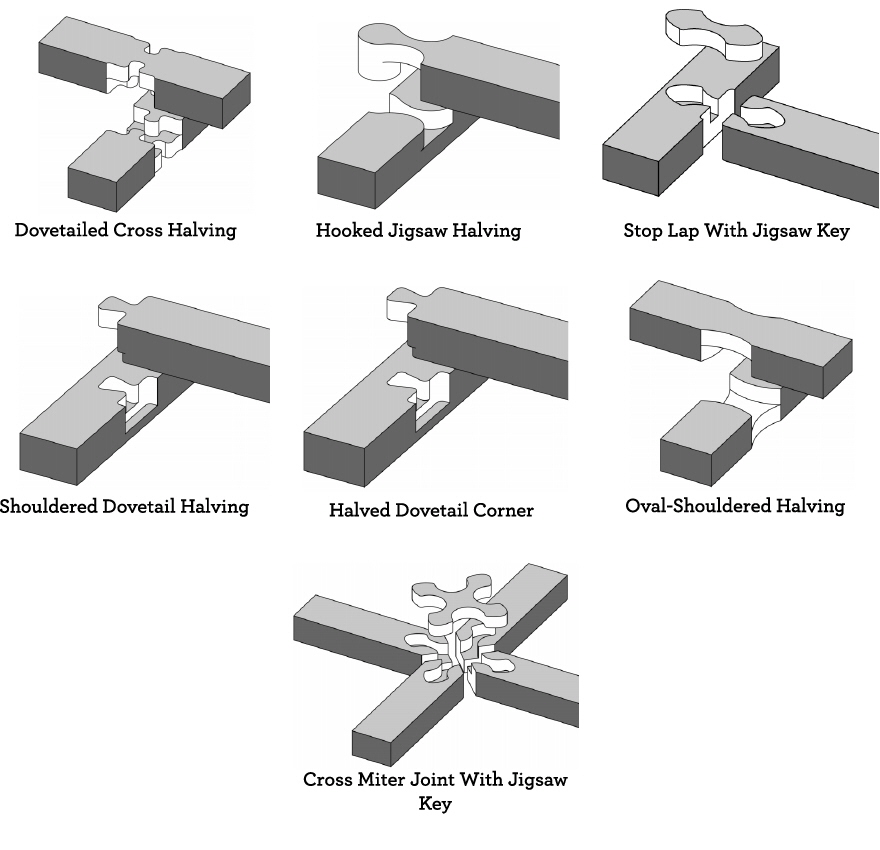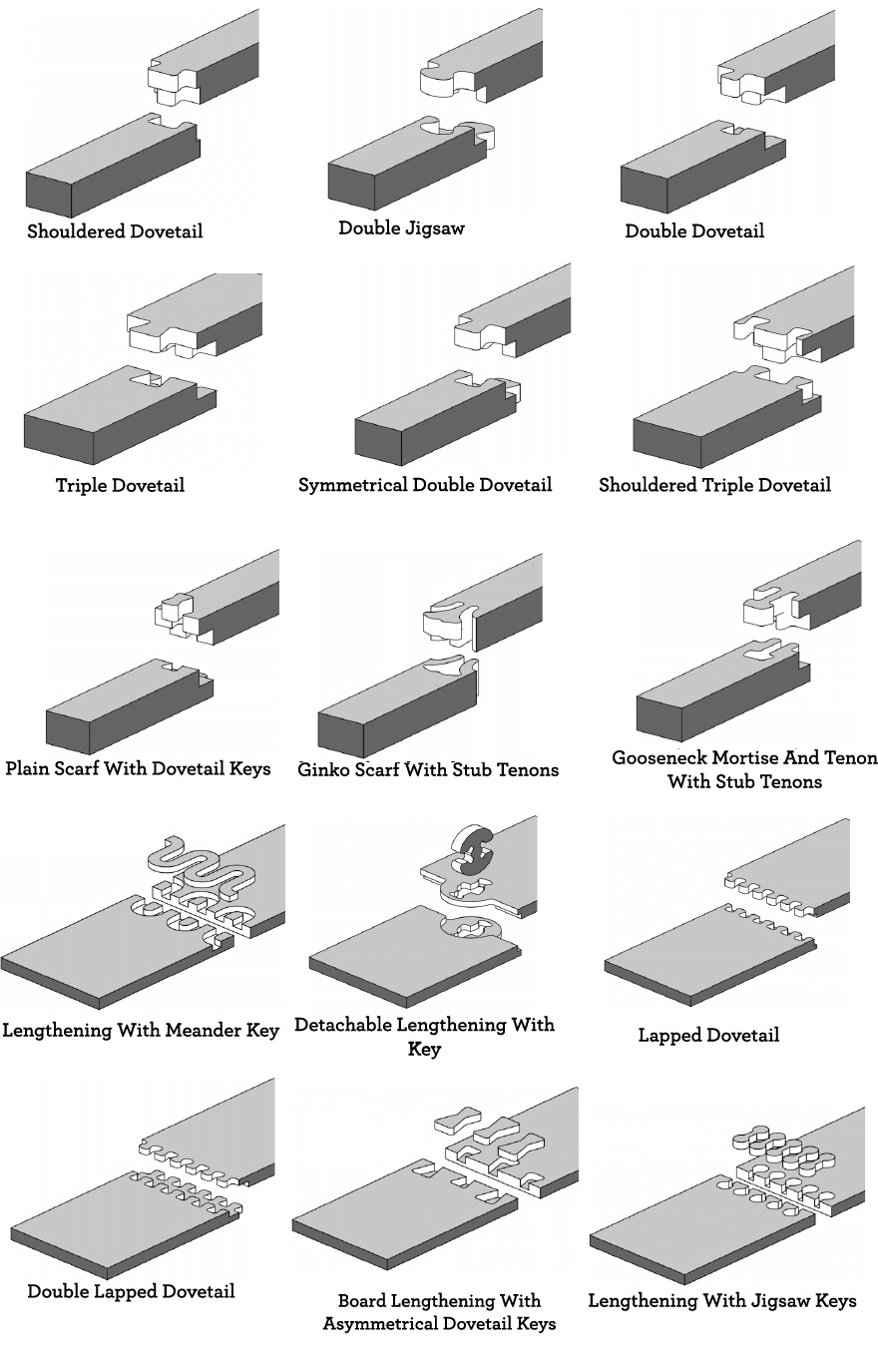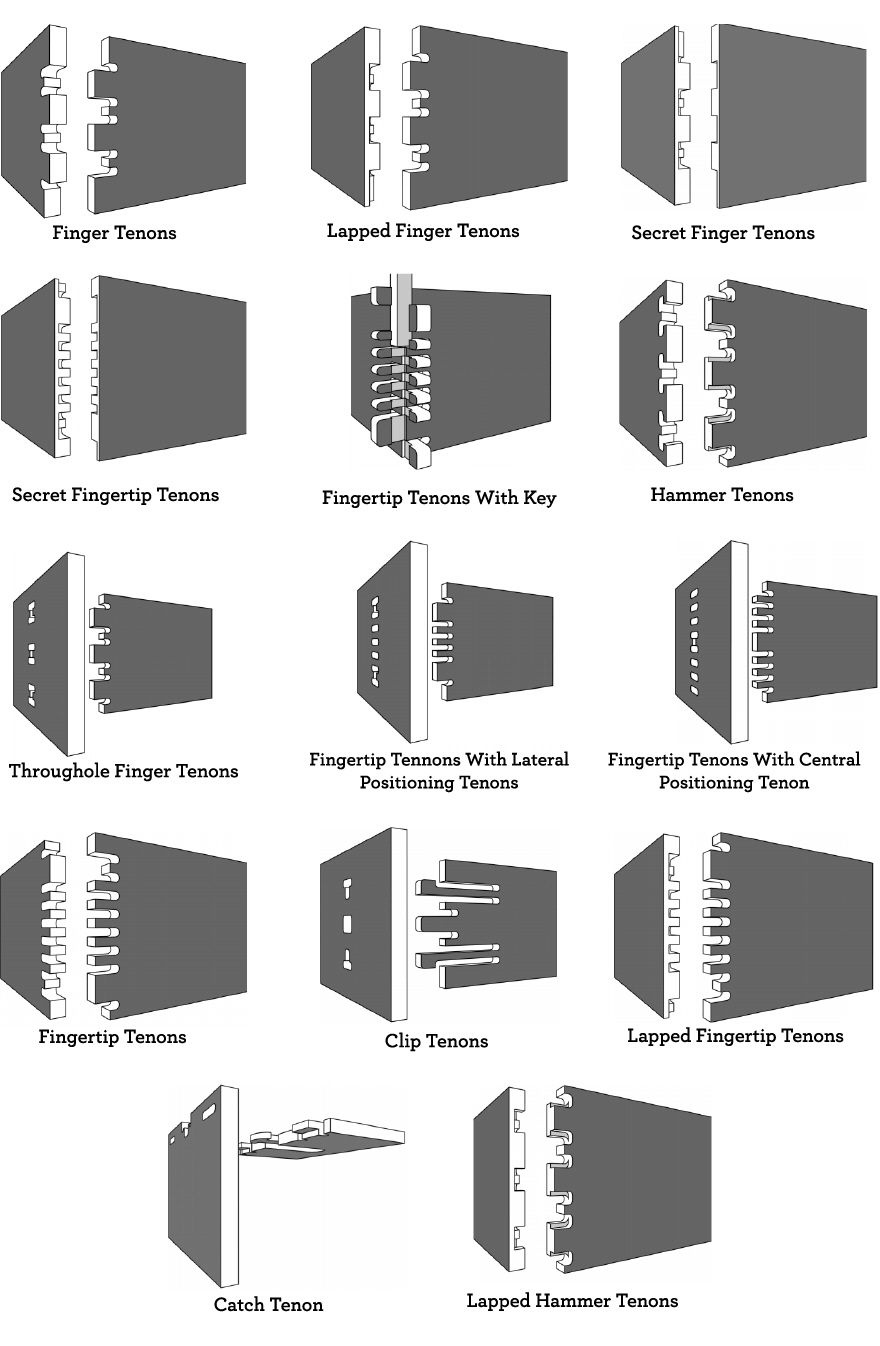This is the latest installment of our (slightly revamped) Core77 Questionnaire. Previously, we talked to Rolf and Mette Hay.
Name: Michael Bierut
Occupation: Graphic designer. We're in a world now where people seem very eager to expand or cross boundaries, to redefine or subvert the traditional definitions of design. I'm very proud to be a graphic designer. That's what I always wanted to be and that's what I am.
![]() Portrait by Jake Chessum. All images courtesy Pentagram.
Portrait by Jake Chessum. All images courtesy Pentagram.Location: New York
Current projects: I work in Manhattan at Pentagram. The projects I'm working on this week include: rebranding a law firm; creating an image and signage program for a brand new museum in Los Angeles; coming up with a new image for a cultural center in Canada; a fundraising campaign and admissions materials for a private school in Manhattan; all the on-air graphics and the look and feel of the website for a television news show; and coming up with a new messaging program for a large advocacy non-profit. I'm going in alphabetical order, and that's just through the C's.
Mission: I'm not sure this is my mission exactly, but what I like to do is work with people I like, who are doing things that I admire that I think in one way or another will make the world a better place. My contribution is to figure out how, in the communication of their goals, we can make that communication more effective, more engaging, more appealing and sometimes prettier.
![]() Bierut's new book, How to, is part manifesto, part design manual and part career-spanning monograph.
Bierut's new book, How to, is part manifesto, part design manual and part career-spanning monograph.When did you decide that you wanted to be a designer? I had two formative moments. The first was when I was a really little kid, maybe 5 or 6. My Dad pointed out a logo for a Clark forklift truck that he thought was clever. In the logo, the letter L lifts up the letter A, in just the same way the truck does. The ingenuity and the beauty of that idea knocked me out. I was so thunderstruck that I then and there vowed that somehow being involved with the making of those things was something I really wanted to do. It seemed to be art but it involved lettering, not drawing. It involved words, not pictures. It would take me ten more years to find out that that had a name.
Once I found out that it had a name, and I found out that name in a book called Aim for a Job in Graphic Design/Art by a guy named S. Neil Fujita, who is a fairly well-known art director and graphic designer, then I realized, Oh my god, this is what I want to do.
This all took place in suburban Ohio, in the middle of nowhere in the 1970s, where I had never met anyone who did this kind of work.
![]() BAM poster sketches from Bierut's notebooks
BAM poster sketches from Bierut's notebooks![]() The finished poster, part of a larger identity design for the Brooklyn performance venue
The finished poster, part of a larger identity design for the Brooklyn performance venueEducation: In high school I took an independent study course just doing what I thought was graphic design. I volunteered to design anything for anyone in the school — covers for sports recognition programs, posters for the school play, logos for the marching band, anything like that. Then eventually I went to the University of Cincinnati to their College of Design, Architecture, and Art, where I got a degree in graphic design.
First design job: A week after I graduated college, I got a job working for Massimo and Lella Vignelli at Vignelli Associates.
What was your big break? That was my big break. I grew up in Ohio, went to school in Ohio, but in those days it was actually hard to imagine a career in a lot of fields, including graphic design, in Cincinnati or Cleveland or anywhere in the Midwest outside of Chicago. I had an internship for WGBH television in Boston one summer, working for Chris Pullman, a brilliant art and design director. One of the guys I worked for was college friends with someone who worked at Vignelli Associates. It was a smaller world back then. I dropped off my portfolio and when I picked it up I got to meet Massimo.
When I look back at it with the knowledge I gained later, my portfolio had a lot of the kinds of things in it that I would later learn Massimo liked. It was the same portfolio I showed everyone, but it so happened that I sketched in a similar way that he did, and certainly the aesthetic I was in the process of mastering at the University of Cincinnati, which was based on a kind of a reductive, Swiss modernist style of graphic design, was very sympathetic to the kind of thing that Massimo was famous for. It wasn't my calculation but just luck, and that was a surprisingly big break for me.
![]() Signs at the Cathedral Church of St. John the Divine, in New York, reminding visitors to curb and leash their dogs
Signs at the Cathedral Church of St. John the Divine, in New York, reminding visitors to curb and leash their dogs Describe your workspace: At Pentagram everyone works out in the open, and no one has a private office. Along with my seven partners, each of us has a desk that measures about three feet by five feet, with some shelves next to it. My desk here at Pentagram is inferior to the workplace that I had in my first internship, when I worked for a low-level ad agency in Cincinnati. That one at least was near the fountain Coke machine. Now I sit adjacent to a hallway, so if I pivot my seat and put my foot out, it's literally right where people walk up and down.
The partners all sit together on this mezzanine, so that we can be in contact with each other. It's me, Abbott Miller, Michael Gericke, Eddie Opara, Natasha Jen, Emily Oberman, Luke Hayman and Paula Scher. I can look down and see about half of my ten-person team, who sit on the first floor. It's very cluttered, very un-Vignelli-like in terms of the overall sense of order and minimalism. Massimo had a very neat office, but it was enabled by the fact that he had this entire wall of shelves behind doors with concealed hinges and latches. Inside those doors he would stick all his stuff to preserve this pristine working space. Neatness kind of comes at a cost, and people just eventually figure out a way of working that suits their own style.
What is your most important tool? I'm not sure you'd call it a tool, but I carry around these black-and-white composition books. I do not go to a meeting, an appointment outside of the office, a trip or do anything without one of these notebooks with me. I've been keeping them since 1982 and I have nearly all of them. I'm on the 109th one right now.
What is the best part of your job? When I can actually sit down and do design. You'd think that's what one does all the time, all day every day. But of course running a business involves, as it turns out, lots of things, or anything but that. Because of the way we're set up at Pentagram, the partners are independent and there's no managing director, so no one is assigning work or checking up on you. I can, in theory, do whatever I want.
Some of my projects have multi-year timelines, are extremely complicated with big teams and long, painstaking approval processes, and often the payoff is substantial. But then I can get a call from the New York TimesBook Review and they'll say, "We're doing a cover on healthcare in America and we want you to the artwork for it. Can you have an idea for us by the day after tomorrow, and can we have it finished by the end of the week?"If you say yes to both of those things, the piece will run in the paper the week after that. You get the pleasure of working on something with your own hands, testing the virtuosity required to do something fast and make decisions really quickly, and get an approval from a single person. There's something so gratifying about that. Whether you're working on it for three days or three years, that process of going back and forth with something interesting and bringing it to life, is the best part of the job.
What is the worst part of your job? I really like my job. I can't say it's the clerical part, or the parts that have to do with money or spreadsheets. I actually like that sort of thing to a certain degree. I would say the worst part is when I'm working on a project and the answer is eluding me, and I know it. There's nothing you can do. You can't spin around three times, stand on your head and it falls out. You generally just have to wait, and you have to hope you have patient clients and collaborators who are willing to wait with you. Sooner or later you probably need the courage to abandon some of the premises that you've been working from and start afresh. I'm so temperamentally adverse to that, that's probably the hardest thing I have to do. Sometimes you realize that it's not that you're not hitting it hard enough, it's that you're hitting the wrong thing, in the wrong hole, with the wrong tool. You really need to put everything down, take a deep breath and rethink the whole thing from scratch.
![]() The finished identity on display
The finished identity on displayWhat time do you get up and go to bed? I get up really early. On a normal morning I get up at 5:30 a.m., and I try to run three miles unless it's raining or really, really, really cold. Then I have to walk the dog, and do chores. Sometimes I stay up really late, past midnight, and still get up at 5:30 a.m. the next morning. But a lot of times I turn into this old person who around 9:30 p.m. or 10 o'clock, just starts thinking, Can I go to bed yet?
How do you procrastinate? Like everyone else, I just go on the Internet and read things. The worst kind of procrastination I've found is the stuff that actually seems worthy and educational and mind-expanding. Someone you know and trust says, "You must look at this link, it's just incredible." Or the New Yorker sends me a bunch of links every day to current articles and things from their archive. Each one of them you could spend a minimum of 10–15 minutes reading all the way through. As you're doing it you're thinking, It's important that I learn this thing about Nicaragua. But you're just doing that instead of whatever else you're supposed to be doing.
What is your favorite productivity tip or trick? The three miles that I jog every morning. I've found that if I decide I'm going to do nothing but work through something in my mind while I'm running, a lot of times I can make serious headway on it. Usually I'm already in a procrastination-induced panic; I've realized that I'm behind schedule and unless I get this thing figured out today, I'm not going to be ready for the presentation at 3 o'clock tomorrow. And that fear will get me focused.
I bragged about wasting time on the New Yorker,but that's probably just to make me sound intelligent. I look at enough other crap that's completely unedifying, that fails to enlarge me intellectually. But when you're alone in the woods for 45 minutes, you have nothing but you and your mind. Depriving yourself can be really powerful. It sounds kind of scary, but mostly I don't have the discipline to do it any other way.
What is the best-designed object in your home? I swear to you I have no answer to that. I'm a really unenthusiastic shopper, and there are hardly any objects I own that I care that much about. There are books that I'm enthusiastic about, although picking one of the best-designed would be hard and nothing I would do willingly. What do people usually say? Do they name a letter opener or something? I just don't think that way. I dare say most designers and architects, and anyone else that practices design, seem to care more about their physical environment and have better taste in acquisitions than I do. I don't know why that is and I don't know what's wrong with me.
![]() Signage for the New York Times Building
Signage for the New York Times Building![]() Identity for WalkNYC, New York's pedestrian wayfinding system
Identity for WalkNYC, New York's pedestrian wayfinding systemWho is your design hero? There are two people who hold that joint title for me. One is my first real boss, Massimo Vignelli. The other is Bill Drenttel. They both died in the same year actually, Massimo at the beginning of the year, and Bill at the very end. Massimo was in his 80s, and Bill had just turned 60, so he died tragically too young. The two of them had an influence on me for very different reasons. Massimo was there at a moment in time when I really was ready to learn what it was to be a designer, what a designer did, and what it was to live the life of a designer.
I met Bill when I was young but we became friends, and better friends as I got older. He was someone who had a really expansive view about what design could be. He cared about ideas, he cared about subjects, he cared about problems that weren't ordinarily defined as "design problems," and maybe weren't even design problems. The two of them challenged me quite a bit in terms of expanding my narrow definition of what I conceived my profession to be.
In their own ways, neither of them really put a limit in terms of how they designed, or what design was. Massimo famously would say, "A person can design anything from a spoon to a city." With Bill, it was less about the disciplines or the genres of design, and more about the kinds of problems that designers were capable of handling. Not just "How do I make a nice logo" but "How can you reform education? How can you transform the way a patient experiences a health trauma? How can you make people care more about poetry?" Those are the kinds of things he thought about. He cared about beautiful typefaces and everything else, but his real passion was expanding the subject matter of design.
What is the most important quality in a designer? Curiosity.
![]() Poster for a Bierut lecture at the Architectural League of New York
Poster for a Bierut lecture at the Architectural League of New YorkWhat is the most widespread misunderstanding about design or designers? The biggest misconception that's easy to have about graphic design, and I know a lot of really good graphic designers that have it, is that graphic design is somehow the same as other kinds of design. I have come to think that it's really different. Graphic design is about communication, and there's something about communication that is fundamentally social or even civic in its nature. If you ask an anthropologist to describe how civilization as we know it came to be, one of the things that they would cite first is spoken language, then written language, and our ability to communicate written language and messages from one person to the next over time, over space. Whether it's hieroglyphics or smoke signals, it's playing a different role in society than architecture or fashion design or product design, because it has this intimate relationship with the communication of ideas.
If you're a graphic designer, one way or another that's what you do. The challenge to communicate and to do it in a way that's not just clear but also arresting and provocative and persuasive, that adds something to people's lives, as communication is meant to — as we all do with each other — that's actually so fundamental to what design is. I don't think it's a misconception as much as something that takes you a long time to learn, even if you're a designer.
First you're just overwhelmed by the technical requirements of laying out a brochure or doing a logo. It takes you a long time to realize what role those things play in the society that we live in. And I think every project that we do, whether it's an overtly public-spirited one, or whether it appears to be something that's bluntly commercial and discharging some low-level function, all of it is contributing to the lives we lead as citizens, as human beings, as members of the same species.
I don't think it's about self-aggrandizement, or to say that graphic design is more important or that it's superior in any way to any other design discipline. I just think it's fundamentally different. That difference is something it's taken me a long time to personally understand, and it's something I'm still trying to understand.
“The biggest misconception that's easy to have about graphic design, and I know a lot of really good graphic designers that have it, is that graphic design is somehow the same as other kinds of design. I have come to think that it’s really different.”
What is exciting you in design right now? People who are alive right now are fortunate to live in an age where the fundamental goal of graphic design—communication—has been radically transformed. When people are talking about the digital revolution, they're really talking about a communications revolution. They're talking about our ability to communicate ideas, images and words with a kind of immediacy and range that is completely inconceivable. The clichéd progression you'd imagine from a cave painting to an instant-message emoji, that leap is so blinding and inconceivable, and we were there to experience it.
I think what's really interesting is, What new demands does this put on the people that are giving those messages form? We've had answers to that every step of the way. The Gutenberg Bible is one kind of answer, the typeface Helvetica is another kind of answer. Every single invention from typesetting and printing to the development of the World Wide Web, all those things are just different thresholds that I think we, as human beings, keep somehow passing through—first by accommodating, sometimes grudgingly, but then figuring out ways to really bring them to life, to really add surprise and beauty, and to come up with some transcendent way to create art out of them.
![]()


